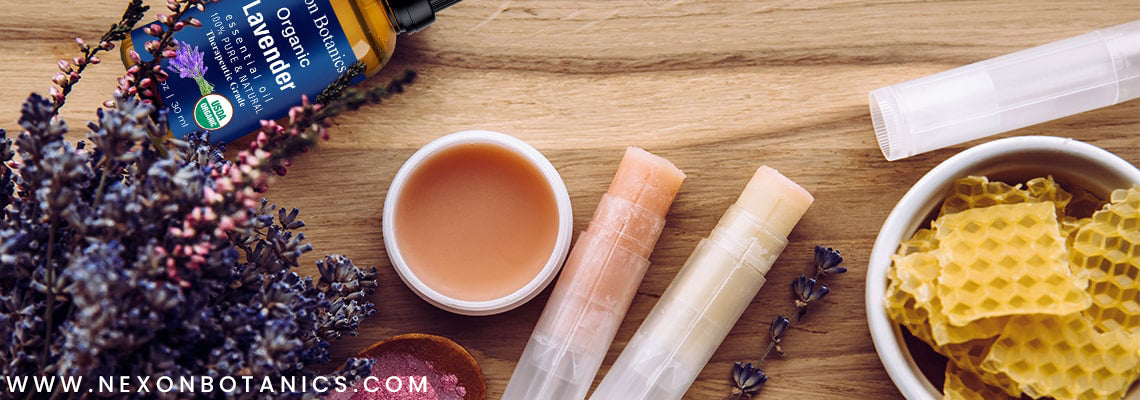
How to Apply Facial Oil the Best Way
Facial oils have been the skincare highlight for centuries. Due to their nutrient-rich constitution and protective nature, facial oils help take care of the skin’s resilience like no other. Despite different skin types, oils serve as a bodyguard that provides a defensive coat to the lipid layer.
But if the thought of greasiness and clogged pores is withholding you from receiving the beautifying benefits of facial oils, you must learn how to use them the proper way.

Just like there is a correct order and time to apply every product in your skincare ritual. There is an accurate way to use a facial oil. Let us guide you how:
How To Use Facial Oils In Your Skincare Routine
Method Of Applying Facial Oils
First thing first, it is time to understand that oils are not moisturizers, and you must not apply them like a moisturizer. Instead of spreading oils on your entire face, use the patting technique. With your fingertips, using an upward motion, gently dab a few drops of facial oil to your entire face. Be careful around the eyes. Let it absorb.
Blending with Moisturizers or Applying Directly
Oils have occlusive properties, which means they prevent penetration of external elements that come into the skin’s contact and seal in the benefits of all products applied underneath. After using a moisturizer, the application of facial oils helps bind in the moisture. Either mix oils with your moisturizer or use them straight up. Both procedures are apt and give similar results.
Oils and SPF Are Not A Match
Never add oils to a moisturizer that contains SPF. Oils tend to dilute sunscreen, weakening their potency and efficacy. Hence, you can conclude oils and SPF as a mismatch. Ensure your moisturizer doesn’t have SPF or apply a separate sunscreen after oil application.
Be Moderate With Amount
Be moderate with the amount of oil. Because of facial oils’ thick, heavy, and highly concentrated constitution, 3-5 drops are enough to deliver the required moisturization. In anything, an extra amount of oil will only leave a greasy and shiny residue that doesn’t look attractive.

The Right Time of Using Oils
It is a common understanding that oils should be part of your p.m skincare ritual, which is invalid. You can use oils both in the daytime and nighttime, depending on your skin needs. Especially during winters when your skin gets increasingly dry with cold weather, oils make up for lost hydration.
Oils Should Come As The Last Step of Your Skincare Regimen
The correct layering of skincare products is essential to get the results you want. Using facial oils should always be the last step in your regimen. It is because oils have the thickest consistency among all the skincare products, be it serums, moisturizers, or mists. After the application of all products, oils provide a protective barrier, allowing deeper absorption.
Apply Facial Oils When All Other Products Have Dried
There is no point piling up your skin with numerous products when none of them have been absorbed completely. Allow each product to penetrate fully and deliver its effects before applying the facial oils as a final step.
Do a Patch Test to Avoid Irritations
This step is significant before the use of diluted essential oils. Because of their high potency and reactive nature, essential oils can cause skin sensitivity. It is safer to do a patch test to avoid irritations and redness. A standard procedure to do a patch test is to apply oil to the skin inside the arm. Wrap that area with a cloth. If you don’t feel any itchy sensation or irritation, you can use that oil as recommended.
Facial Oils Are Not Alternative to Moisturizers
A moisturizer is meant to provide moisturization and soothe dryness. A facial oil locks in moisture and keeps it from evading the skin. Therefore, moisturizers and facial oils are not alternatives to each other. They both have an exclusive place in the skincare routine.
Use a Facial Oil That Suits Your Skin Type
Making the right choice of facial oil is the key to get smooth, soft, and supple skin. For example, coconut oil and almond oil are excellent emollients for dry skin. Rosehip oil and jojoba oil are suitable for most skin types, better for combination skin. However, those with oily skin types can benefit from the balancing attributes of sunflower oil and grapeseed oil.
Essential Oil Recipe for Face Moisturizer
- Lavender oil (4 drops)
- Frankincense oil (4 drops)
- Clove bud oil (4 drops)
- Jojoba Oil (2 tablespoons)
- Rosehip Oil (1 tablespoon)

Directions:
Combine the oils in a small container. Mix well. Store in a cool, dry place. Apply it at nighttime and leave it on overnight.
We hope this guide has helped you learn the proper way of using facial oils to get the most of them. For more tips and benefits on beauty and wellness, follow our blog posts.


